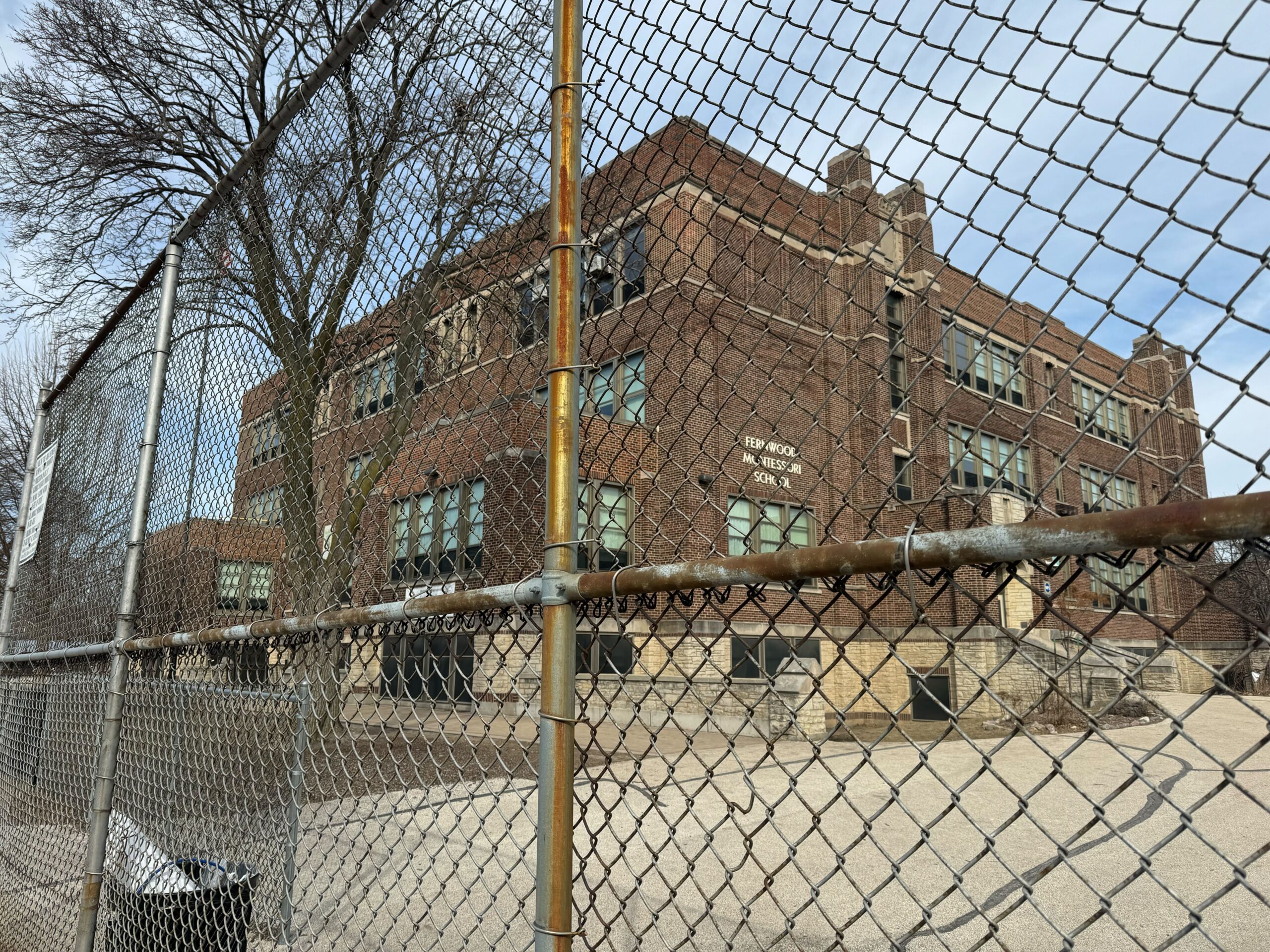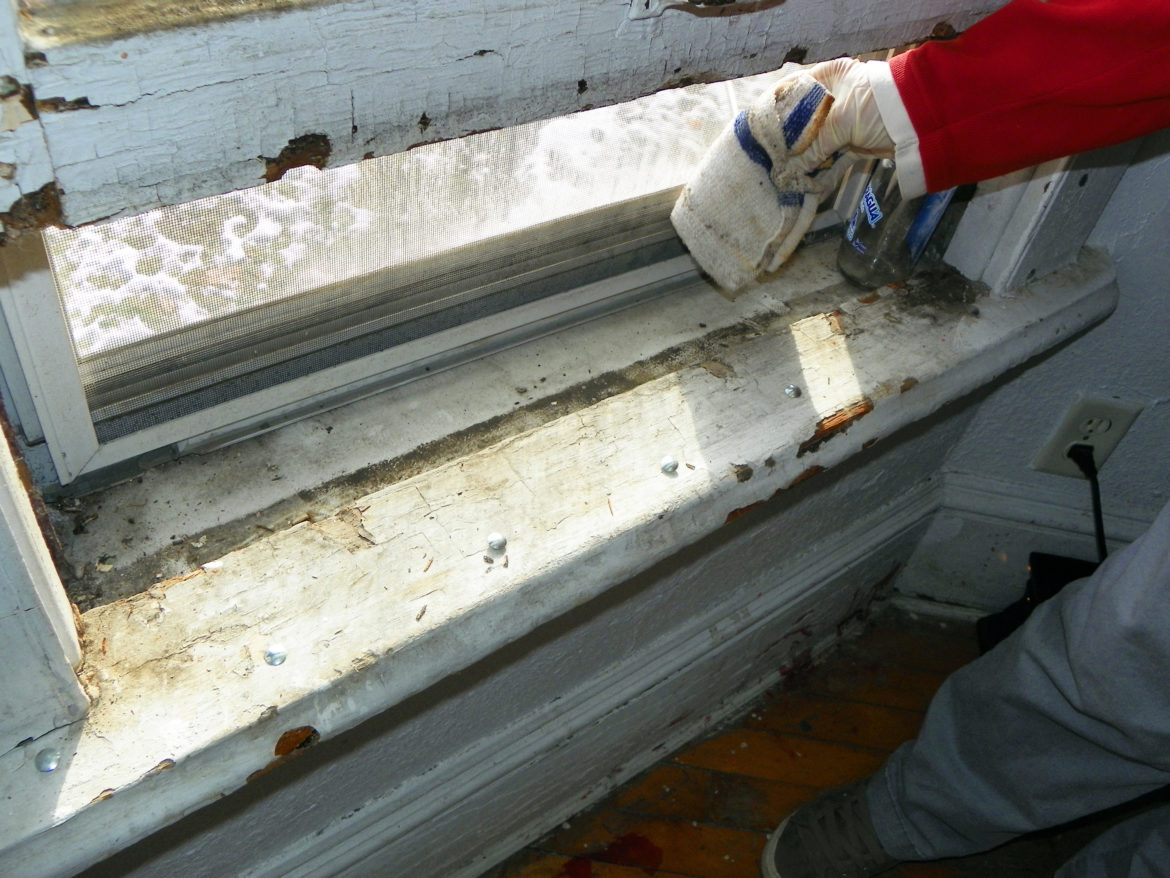The Milwaukee Health Department is now without the help of federal public health experts who were assisting the department in addressing the ongoing lead crisis within the city’s school district.
Mike Totoraitis, the city’s health commissioner, learned late Thursday that the health department will not be getting assistance from lead experts with the U.S. Centers for Disease Control and Prevention who would have come to Milwaukee to respond to the crisis.
The news comes amid recent cuts at the U.S. Department of Health and Human Services as the Trump administration seeks to slash the size of the federal government.
Stay informed on the latest news
Sign up for WPR’s email newsletter.
“This (lead crisis) is a really significant issue for our city. And it is historic that this is happening at the same time that the federal government is gutting public health,” Totoraitis said. “I struggle to find the words to explain what we’re feeling here.”
Lead hazards have been found in seven schools in the district so far. Four MPS students have tested positive for lead poisoning in recent months. Meanwhile, three MPS schools remain temporarily closed as lead remediation continues.
The school district also announced Thursday that Sean Kane, the man in charge of overseeing facilities amid the lead crisis, has been “separated from the district.”

Totoraitis said the health department has been getting assistance from staff with the CDC’s National Center for Environmental Health. That help began shortly after a student who attended a school in Milwaukee tested positive for lead poisoning.
The employees provided technical assistance to the health department for its plans on how to screen children for lead and inspect more schools for potential lead hazards, according to Totoraitis.
Totoraitis said he learned those employees who had been helping the health department each week had all been cut. A CNN report found around 2,500 staff with the CDC lost their jobs Tuesday.
HHS Secretary Robert F. Kennedy Jr. announced a “dramatic restructuring” and cuts to about 10,000 full-time employees with the department in late March.
“Now we don’t have that … phone to ring anymore,” Totoraitis said. “And that’s concerning not only here in Milwaukee, but for every health department and every public health authority across the country.”

The health department also made a request in late March to the CDC for Epi-Aid, a team that would have come to Milwaukee to provide short-term help to the department’s response to the crisis.
A reference guide from the CDC says, “The focus of an Epi-Aid investigation is to assist partners in making rapid, practical decisions for actions to control and prevent the public health problem. ”
Totoraitis said he received an email late Thursday saying the “CDC cannot support” that request anymore.
In a statement, Milwaukee Mayor Cavalier Johnson said the cuts “threaten our ability to protect the health and safety of Milwaukee’s residents, particularly the children in our schools.”
Tyler Weber, the health department’s deputy commissioner for environmental health, previously said staff with the Milwaukee Health Department were working overtime to complete lead risk assessments for the schools that have dangerous levels of lead. Each lead risk assessment costs the health department around $10,000, according to Weber.
The health department has already hosted lead screening clinics for children, but Totoraitis has said he wants to ramp up that testing.
MPS recently submitted its “Lead Action Plan” to the city health department. The plan, which is still being revised by that department, will include details of how the district will inspect its properties and how lead remediation work will be done in the future. It could include a schedule of future inspections.
MPS Superintendent Brenda Cassellius also announced Thursday that Michael Mannan, who runs the Milwaukee Health Department’s home environmental health program, will now work with the district full-time to address the lead crisis.
There are around 85 schools in the district built before 1978, when lead-based paint was banned, according to MPS. Lead dust is often formed as lead paint chips and wears down, according to the CDC.
Children younger than 6 are “especially vulnerable to lead poisoning,” according to the Mayo Clinic. Lead poisoning can affect children’s mental and physical development.
Wisconsin Public Radio, © Copyright 2025, Board of Regents of the University of Wisconsin System and Wisconsin Educational Communications Board.




